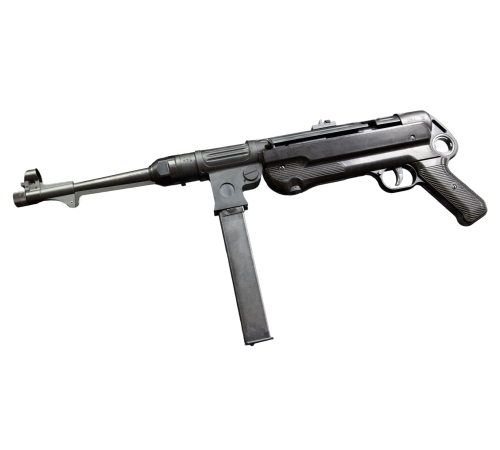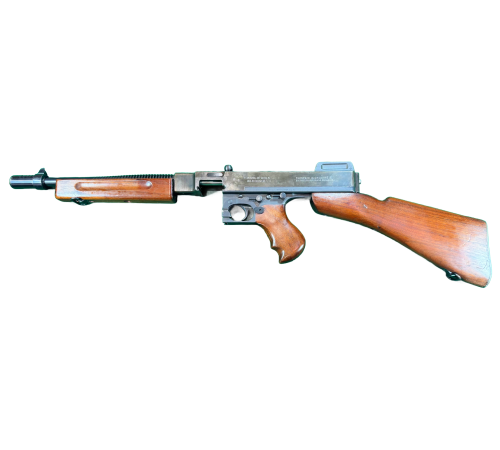WWII Carbines

WWII Military Carbines For Sale
The military utilized carbines during World War II as compact lightweight alternatives to standard rifles which maintained essential firepower capabilities. The military adopted these weapons for paratroopers and vehicle crews as well as support troops and specialized units throughout major combatant nations. The reduced size and lightweight nature of these carbines made them perfect for both close combat situations and jungle warfare together with airborne operations.
American Carbines
The M1 Carbine emerged as the most famous American WWII firearm because it operated as a semi-automatic.30 Carbine gun. The military introduced this firearm during 1941 for support troops who required more accurate and longer-range capabilities than pistols. The production run of the M1 Carbine exceeded six million units before the military developed the M1A1 folding stock model for paratroopers and then the M2 select-fire version and the M3 infrared night-vision model.
German Carbines
The German military used the Karabiner 98k (K98k) as their standard-issue infantry bolt-action firearm which originated from the Gewehr 98 rifle design. The K98k used 7.92×57mm Mauser ammunition to become famous for its dependable operation and precise accuracy. The K98k maintained its versatility by serving both field combat and sniper roles because of its shorter length compared to the Gewehr 98.
Soviet Carbines
The Soviet military provided M38 and M44 Mosin-Nagant carbines to their troops for better maneuverability during urban combat and mechanized warfare operations. The M44 and M38 carbines used 7.62×54mmR bolt-action mechanisms to deliver shorter yet more convenient versions of the standard M91/30 rifle with built-in folding bayonets for close combat.
British Carbines
During World War II the British military used shortened versions of rifles but the No. 5 Mk I "Jungle Carbine" represented their main carbine variant which originated from the Lee-Enfield No. 4 rifle design. The No. 5 Mk I "Jungle Carbine" received its.303 British chambering for Southeast Asian missions yet received criticism for its powerful recoil and unstable zero point.
Japanese Carbines
Japanese military forces distributed two carbine models known as Type 38 and Type 44 which used 6.5×50mm Arisaka ammunition. The Type 44 carbine integrated its folding bayonet as part of its design for cavalry operations. Japanese carbines maintained their solid construction despite facing criticism regarding their lower power compared to Allied firearms.
Collectibility & Legacy
Historical significance and battlefield heritage together with craftsmanship drive the high demand of WWII carbines among both historians and collectors. Each design demonstrates how military doctrine and strategic needs along with terrain conditions shaped the nation that created it. The compact weapons remain active today to explain how the worldwide conflict formed the contemporary world.

